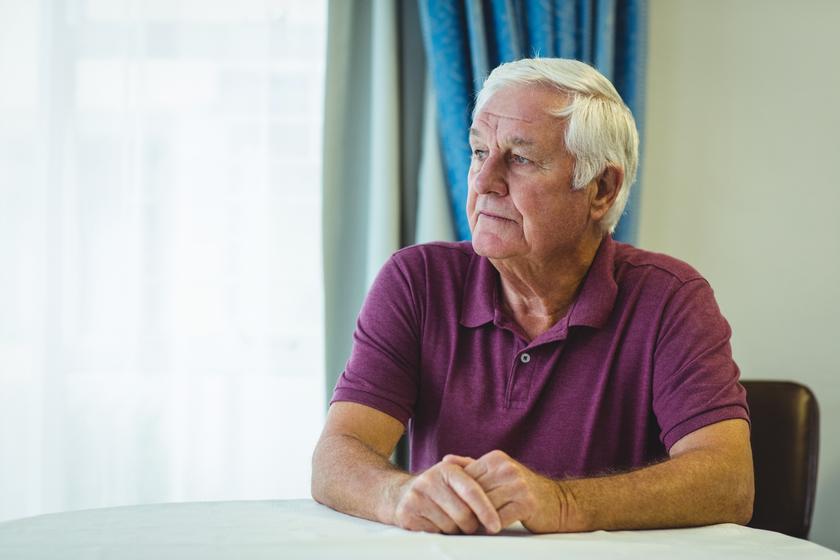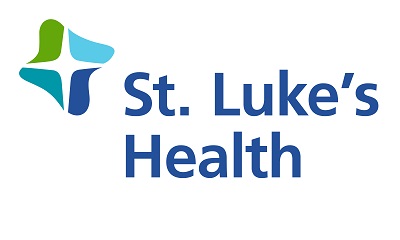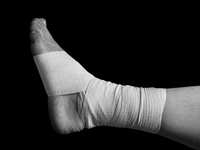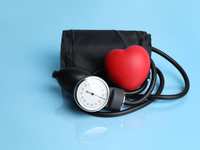- Categories :
- More
Men’s health: What is ‘watchful waiting’?

Men, this is a call to check in on yourself more often. It’s a fact: Men are significantly less likely than women to see a doctor or report symptoms, and more likely to put off checkups and medical care.
That’s why this month is so important for all men. June is National Men’s Health Month, a time to motivate men to take charge of their health and remind them of their personal health risks. One of those risks: prostate cancer.
In the U.S., about 1 in 8 men will be diagnosed with prostate cancer in his lifetime. The good news: The relative 5-year survival rate for prostate cancer diagnosed in its earliest stages is over 99 percent. Catching cancer early often allows for more treatment options. But more and more men are choosing to put off immediate treatment in an approach referred to as watchful waiting. Let’s explore this approach and what it means in prostate cancer treatment.
What Is Watchful Waiting?
The phrase “watchful waiting” is common in prostate cancer discussions. But what does it mean? And is it the right course of action for every prostate cancer diagnosis?
Years ago, when a man was diagnosed with prostate cancer, he typically had immediate treatment with surgery or radiation even when the cancer had a low risk of causing death. However, some treatments can have serious and lifelong side effects, including urinary problems and erectile dysfunction. This has prompted more men, and their doctors, to skip the treatments and opt for a wait-and-see approach, known as active surveillance, or watchful waiting.
Why Watchful Waiting Can Work
Not all prostate cancers are the same. Some spread slowly, and in older men, may never require treatment. Other men choose the watchful waiting approach because they feel the side effects of treatment outweigh the benefits. And men with compromised health can avoid the effects associated with repeated tests and biopsies. With watchful waiting, a prostate cancer patient will still have regular checkups and tests, but he’ll hold off on treatment until the cancer causes problems.
Why Watchful Waiting Isn’t Always the Answer
Watchful waiting isn’t for everyone. It’s likely not a good option for men with fast-growing cancer or cancer likely to spread outside the prostate. The risk of watchful waiting is that the disease could get worse and spread between follow-ups. This can make the cancer harder to treat.
Frequent doctor visits and tests to monitor the cancer can be time-consuming, and waiting for test results might lead to anxiety for some men. In addition, some men might not be comfortable knowing they have cancer in their body, even if it’s unlikely to cause them any problems. This concern can lead some to choose immediate treatment over watchful waiting.
It's important to keep in mind that while there are still some questions about watchful waiting, the tools doctors use to decide which men might benefit from this approach have improved greatly in recent years. Advanced technology and innovative diagnostic and treatment methods can help doctors tell which men are most likely to be good candidates for watchful waiting.
Celebrate Men’s Health Month by doing something healthy for yourself. Learn about the signs and symptoms of prostate cancer and talk to a doctor about getting tested. The men’s health experts St. Luke’s Health have the answers you need. Find a doctor at SLH today.

















